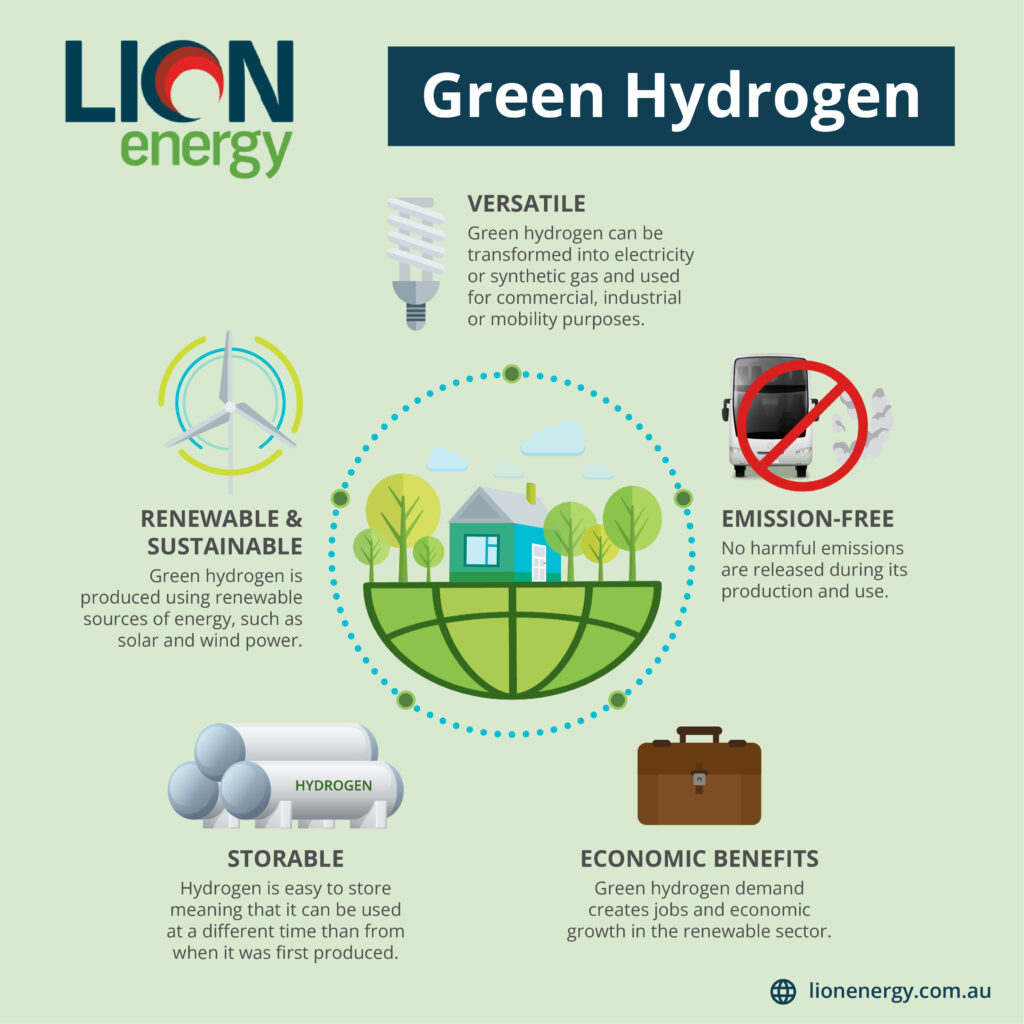Summary:
Green hydrogen is a clean fuel produced using electrolysis powered by renewable energy. It offers emission-free energy, versatile applications, and long-term storage capabilities. As industries transition toward sustainable solutions, green hydrogen is expected to play a vital role in reducing carbon footprints and driving economic growth.
Understanding Green Hydrogen
Green hydrogen is created through electrolysis, a process where water molecules are split into hydrogen and oxygen using electricity generated from renewable sources like solar and wind. Unlike conventional hydrogen production methods that rely on fossil fuels, this process produces no carbon emissions, making it an environmentally friendly alternative.
Key Benefits of Green Hydrogen
- Zero Emissions – Since it is produced with renewable energy, green hydrogen does not contribute to greenhouse gas emissions, thus making strides towards a cleaner environment.
- Multiple Uses – It can be used as fuel for transportation, a power source for industries, or converted back into electricity when needed.
- Reliable Energy Storage – Green hydrogen can be stored and transported efficiently, addressing the challenge of intermittent renewable energy supply.
- Economic Potential – Investment in green hydrogen technology drives job creation and strengthens the renewable energy sector.
A Path to a Sustainable Future
With global commitments to decarbonization, green hydrogen is increasingly recognized as a critical solution for achieving sustainability goals and leading the charge in helping industries transition away from fossil fuels.
The potential of green hydrogen extends beyond energy production—it represents a fundamental shift toward a cleaner and more resilient global economy.


